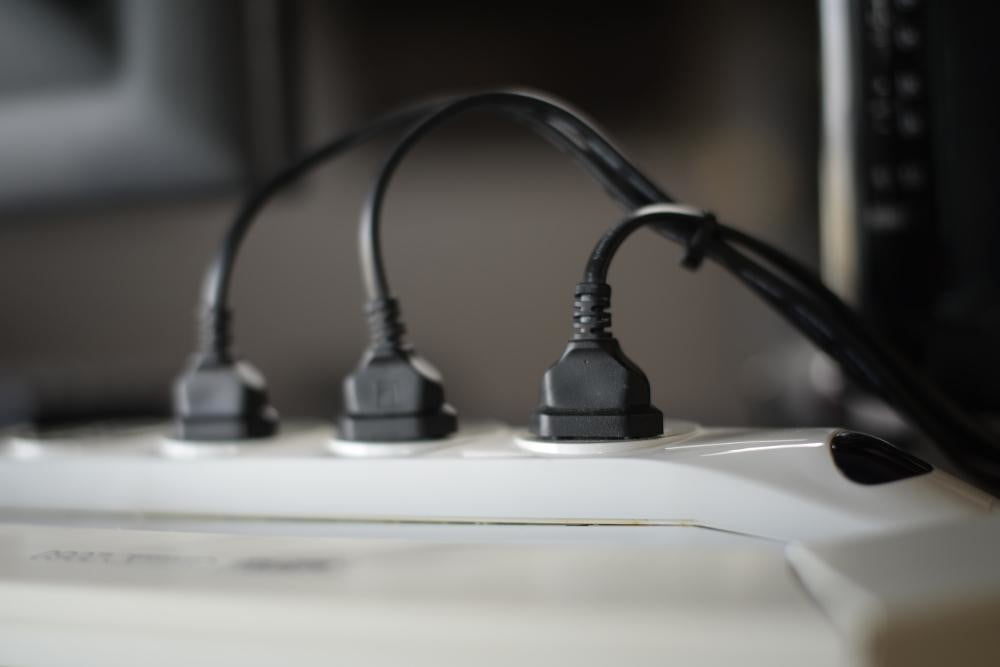Computers are powerful machines. These devices that most of us have sitting on our desks or laps are capable of some incredible things. From intense video editing and rendering images to PC gaming, social media, and all kinds of work, PCs and laptops are technological marvels.
Given that our devices can boast such feats begs the question: How much power do these things use? Furthermore, how does one go about measuring the power draw of their computer? We’ve got a quick solution for you, and we’ll discuss when and why it’s important to know just how much juice that box is drinking.
How to measure power consumption with software
If you find yourself needing to know just how much power your PC or laptop is sucking out of your wall, the process is relatively simple. However, it will require some extra hardware and tooling around with software. Software is great for getting an instant idea of how your individual PC components are using power. Still, they only provide an estimate of power consumption over relatively short periods of time.
Here are three ways to get started!
Use OuterVision
To get an idea of how much power your PC uses, you’ll want to visit OuterVision, which is a free-to-use power supply calculator. This service is highly detailed, works for both laptops and PCs, and is used by computer hardware professionals and enthusiasts alike. The basic check allows users to estimate the power consumed by their device’s monitor, storage, optical drive, video card, memory, CPU, and motherboards while factoring in overall time spent using the computer and heavy gaming or rendering.
Advanced users and experts can do all of the above, as well as calculate the power consumption for fans, liquid-cooling kits and pumps, PCI cards and express cards, CPU utilization, multiple sets of video cards, and any attached tech like controllers, keyboards, mice, USB devices, and LED systems. You can even calculate the power consumed by overclocking your graphics card and CPU, compare how efficient different components are, and determine how much energy your computer really needs.

Use Sidebar Diagnostics
Another great software option is Sidebar Diagnostics, which displays an advanced version of Windows’ native Resource Monitor and lets you view data about your PC’s power consumption along with your GPU, network, and active drivers.
Use Open Hardware Monitor
Open Hardware Monitor is another free option worth considering, as it monitors voltages, load and clock speeds, temperature sensors, and fan speeds of your computer.
How to measure power consumption with hardware
Buying hardware capable of accurately measuring your PC’s overall power consumption is not inexpensive. However, if you need to make sure that you have time-stamped data and is calculated to within a 0.5% margin of error, then hardware is the only way to go.
Here are two ways to do it!
Use a P3 Kill-A-Watt electricity-usage monitor
If you want to get the best readings for the overall power usage of your computer, you will need to measure the connection from a wall outlet with an external power meter, such as a P3 Kill-A-Watt Electricity Monitor. This power meter will let you take an accurate measurement of your PC’s power consumption, and is available from Amazon, Home Depot, hardware stores, and other retailers for around $20-$40.

Use a Hobo plug load data logger
For more detailed information, you will need something like the HOBO UX120-018 Plug Load Data Logger, which comes in at a whopping $239. However, users will be able to get an instant view of real-time 120V plug load variables and time-stamped and totalized load data for detailed energy analysis. This device also measures and records the power and energy consumption of your PC.
Does it matter?
Perhaps you’re wondering about your rig’s power draw merely out of curiosity. But beyond that, there are some crucial reasons as to why you’d want to know the kind of wattage your system is using. One of the most common is for upgrading your PC.
Step 1: Individual pieces of hardware, such as new high-end graphics cards, can require a beefy power supply. Before you go out and purchase that brand new, expensive video card, make sure you don’t need to upgrade your power supply as well.
Step 2: If you find out that you need to update your power supply, knowing the exact power requirements is essential. The increase in electricity use will affect other components in your PC, and even your home’s circuitry may factor.
Step 3: Any PC upgrade necessitates a greater power output to support improved performance. For example, if you add extra high-performance components to improve your gaming or rendering, your PC will need extra power. More power doesn’t come for free and generally results in a higher electricity bill.
While standard upgrades and updates made on your laptop or home computer hardly influence your electricity costs, you can expect the bulk of the financial impact to come from upgrades to your power-heavy gaming system. More power will also cause extra heat and noise since your computer will activate its fans to keep it from overheating. It’s best to pay close attention to your PC’s power usage if you’re worried about heat or sound.
It is always wise to observe your PC’s power requirements, so you can gauge what to expect when you want to make upgrades that might have a large performance and financial impact.
Editors’ Recommendations
